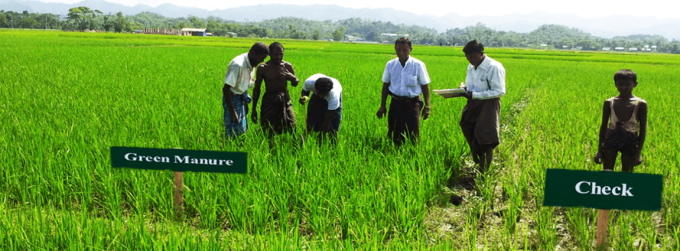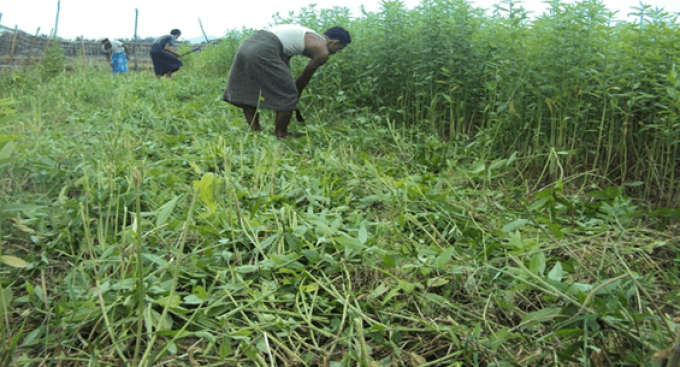Supported by: GRET
Location: Myanmar
Fact sheet: download
The population density of Northern Rakhine State is very high (356/sq km) and the farmers are very poor. Most of them are small-holders and landless who grow rice but always struggle to meet their whole year food requirement. Although the soils are low-fertile with a bit sandy in texture, farmers cannot afford to apply fertilizers. Discovering that the rainfall distribution and a few short live varieties used in the area could allow deploying the benefit from green manure practice, GRET collaborated with a bold and interested farmer to test the green manure practice in 2014. The result is really astounding with high appreciation by farmers to adopt the practice in 2015.
Green manuring “involves the soil incorporation of any field or forage crop while green or soon after flowering for the purpose of soil improvement.” Green manures are effective alternatives to chemical fertilizers in the management and preservation of soil fertility and productivity, adding organic matter and nutrients to the soil as well as protecting surface soil from damage due to wind, rain and sun. Characteristics of green manures include a crop that is fast growing with rapid decomposition and quick nutrient release.
Crotalaria juncea is a fast growing green manure plant that can fix N as high as 120 kg/ha in 50 days.






